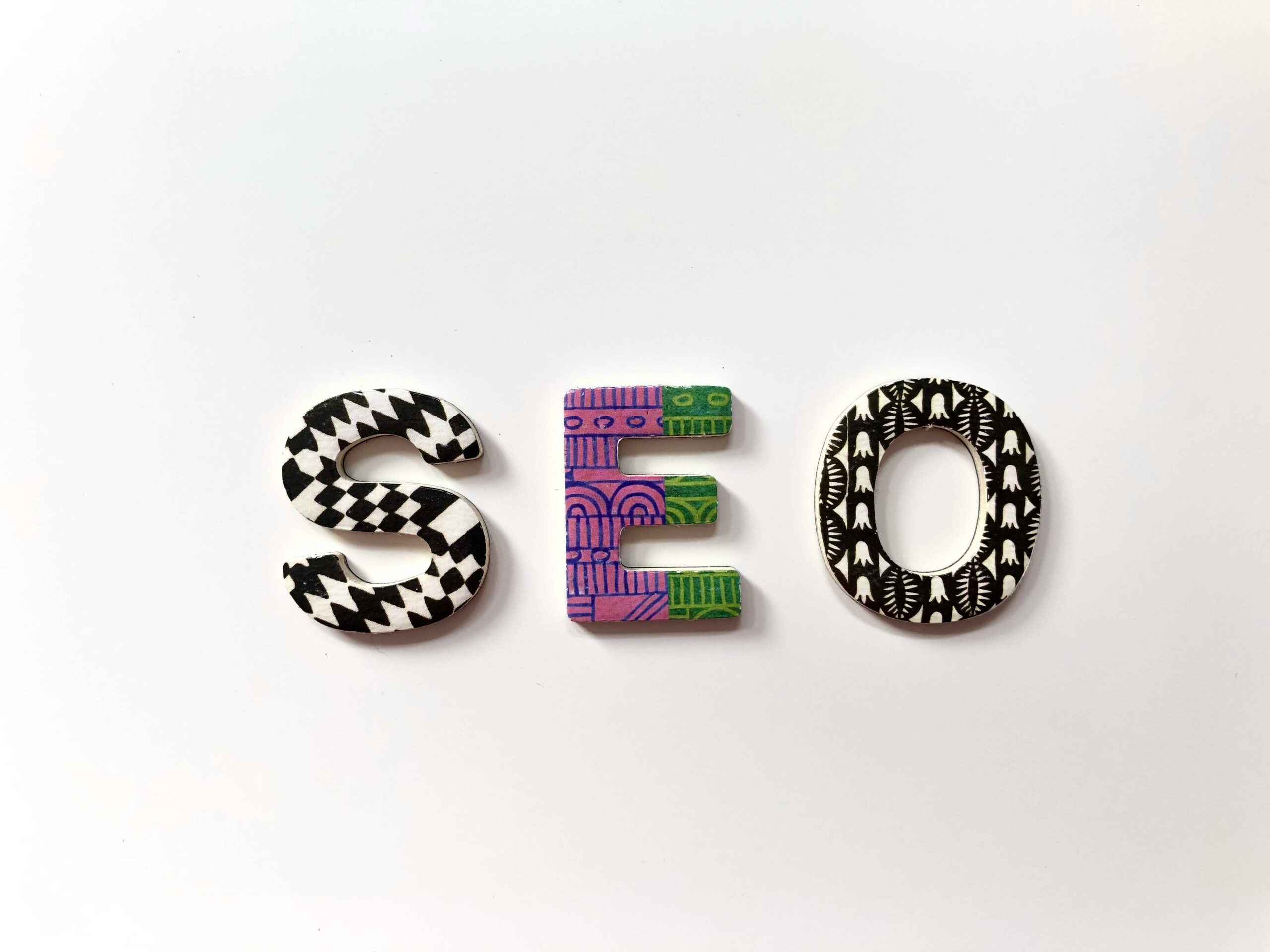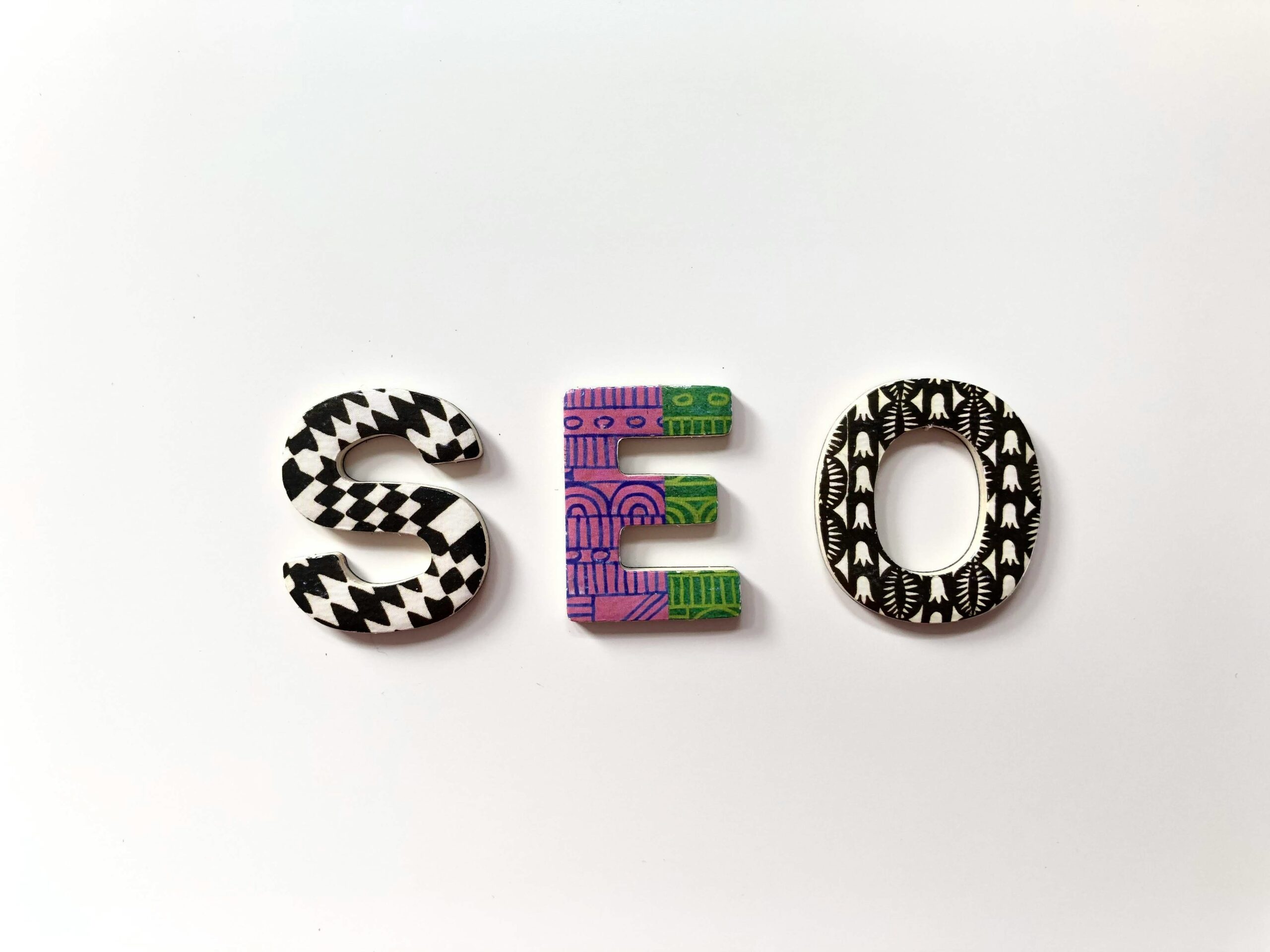Introduction
Social media advertising has become an essential tool for businesses to improve their website ranking and drive more traffic. With platforms like Facebook, Instagram, and Google offering robust advertising options, businesses can reach a wider audience and engage with potential customers in a more targeted and personalized way. In this blog post, we will explore how you can leverage social media advertising to boost your website’s ranking and increase traffic.
Understanding Social Media Advertising
Social media advertising refers to the process of promoting your products or services on social media platforms to reach a specific target audience. It involves creating and running ads on platforms like Facebook, Instagram, Twitter, LinkedIn, and more. These ads can be in the form of images, videos, carousels, or even stories.
Unlike traditional forms of advertising, social media advertising allows businesses to target their ads to a specific demographic, location, interests, and behaviors. This level of targeting ensures that your ads are seen by the right people, increasing the chances of driving traffic to your website.
Choosing the Right Social Media Platform
When it comes to social media advertising, it’s important to choose the right platform that aligns with your target audience and business goals. Let’s take a closer look at some of the most popular social media platforms and their advertising capabilities:
1. Facebook Ads
With over 2.8 billion monthly active users, Facebook is the largest social media platform. It offers a wide range of advertising options, including:
- Image Ads: These are simple yet effective ads that include an image, a headline, and a call-to-action button.
- Video Ads: Video ads allow you to tell a more engaging story about your brand or product.
- Carousel Ads: These ads showcase multiple images or videos in a single ad, allowing users to swipe through the content.
- Lead Generation Ads: These ads are designed to collect information from potential customers, such as email addresses or phone numbers.
- Dynamic Ads: These ads automatically promote products to people who have expressed interest in them on your website or app.
Facebook’s powerful targeting options, such as demographics, interests, behaviors, and custom audiences, make it an excellent platform for businesses of all sizes.
2. Instagram Ads
Instagram, owned by Facebook, has over 1 billion monthly active users. It offers similar advertising options to Facebook, including image ads, video ads, carousel ads, and stories ads.
Instagram’s visual nature makes it ideal for businesses with visually appealing products or services. The platform also allows you to target your ads based on interests, demographics, and behaviors.
3. Google Ads
Google Ads is an online advertising platform that allows businesses to display ads on Google’s search engine and partner websites. While not a traditional social media platform, Google Ads offers powerful advertising capabilities that can significantly boost your website’s ranking and traffic.
With Google Ads, you can create search ads, display ads, video ads, shopping ads, and app ads. These ads can be targeted to specific keywords, locations, demographics, and interests. Google Ads also provides valuable insights and analytics to help you optimize your campaigns and drive better results.
Creating an Effective Social Media Advertising Strategy
To improve your website ranking and drive more traffic through social media advertising, you need to have a well-defined strategy in place. Here are some key steps to follow:
1. Set Clear Goals
Before diving into social media advertising, it’s important to define your goals. Do you want to increase website traffic, generate leads, boost sales, or improve brand awareness? Setting clear goals will help you create targeted and effective ad campaigns.
2. Identify Your Target Audience
Understanding your target audience is crucial for successful social media advertising. Conduct market research to identify the demographics, interests, and behaviors of your ideal customers. This information will help you create highly targeted ads that resonate with your audience.
3. Create Compelling Ad Content
The success of your social media advertising campaign depends on the quality of your ad content. Create compelling visuals, write engaging copy, and include a strong call-to-action. Your ads should be visually appealing, informative, and relevant to your target audience.
4. Utilize A/B Testing
A/B testing is a valuable technique that allows you to compare two versions of an ad to see which one performs better. Test different ad formats, visuals, headlines, and call-to-action buttons to optimize your campaigns and improve results over time.
5. Monitor and Analyze Performance
Regularly monitor and analyze the performance of your social media ad campaigns. Look at metrics like click-through rates, conversion rates, and cost per click to determine what’s working and what needs improvement. Use this data to make data-driven decisions and optimize your campaigns for better results.
Optimizing Your Website for Social Media Traffic
Social media advertising can drive a significant amount of traffic to your website, but it’s essential to optimize your website to ensure a positive user experience and maximize conversions. Here are some tips to optimize your website for social media traffic:
1. Improve Website Speed
A slow-loading website can lead to high bounce rates and a poor user experience. Optimize your website’s speed by compressing images, minifying CSS and JavaScript files, and using caching techniques. A fast website will not only improve user experience but also positively impact your website ranking.
2. Make Your Website Mobile-Friendly
With the majority of social media users accessing platforms through mobile devices, it’s crucial to have a mobile-friendly website. Ensure that your website is responsive and displays correctly on different screen sizes. A mobile-friendly website will improve user engagement and increase the chances of conversions.
3. Optimize Landing Pages
When driving traffic from social media ads, it’s essential to direct users to relevant landing pages. Optimize your landing pages with clear and concise headlines, compelling visuals, and a strong call-to-action. Make it easy for users to navigate your landing pages and take the desired action.
4. Incorporate Social Sharing Buttons
Encourage social sharing by incorporating social sharing buttons on your website. This allows visitors to easily share your content on their social media profiles, increasing the visibility and reach of your brand. Social sharing can also help improve your website’s ranking and drive more organic traffic.
5. Implement Tracking and Analytics
Implement tracking and analytics tools like Google Analytics to monitor the performance of your website. Track metrics like traffic sources, bounce rates, conversion rates, and user behavior to gain insights into how social media traffic is interacting with your website. Use this data to make informed decisions and optimize your website for better results.
Conclusion
Social media advertising is a powerful tool for improving website ranking and driving more traffic. By choosing the right platform, creating an effective advertising strategy, and optimizing your website, you can leverage social media advertising to reach a wider audience, engage with potential customers, and achieve your business goals. Remember to continuously monitor and analyze your campaigns to make data-driven decisions and optimize for better results. Start harnessing the power of social media advertising today and watch your website ranking and traffic soar.



